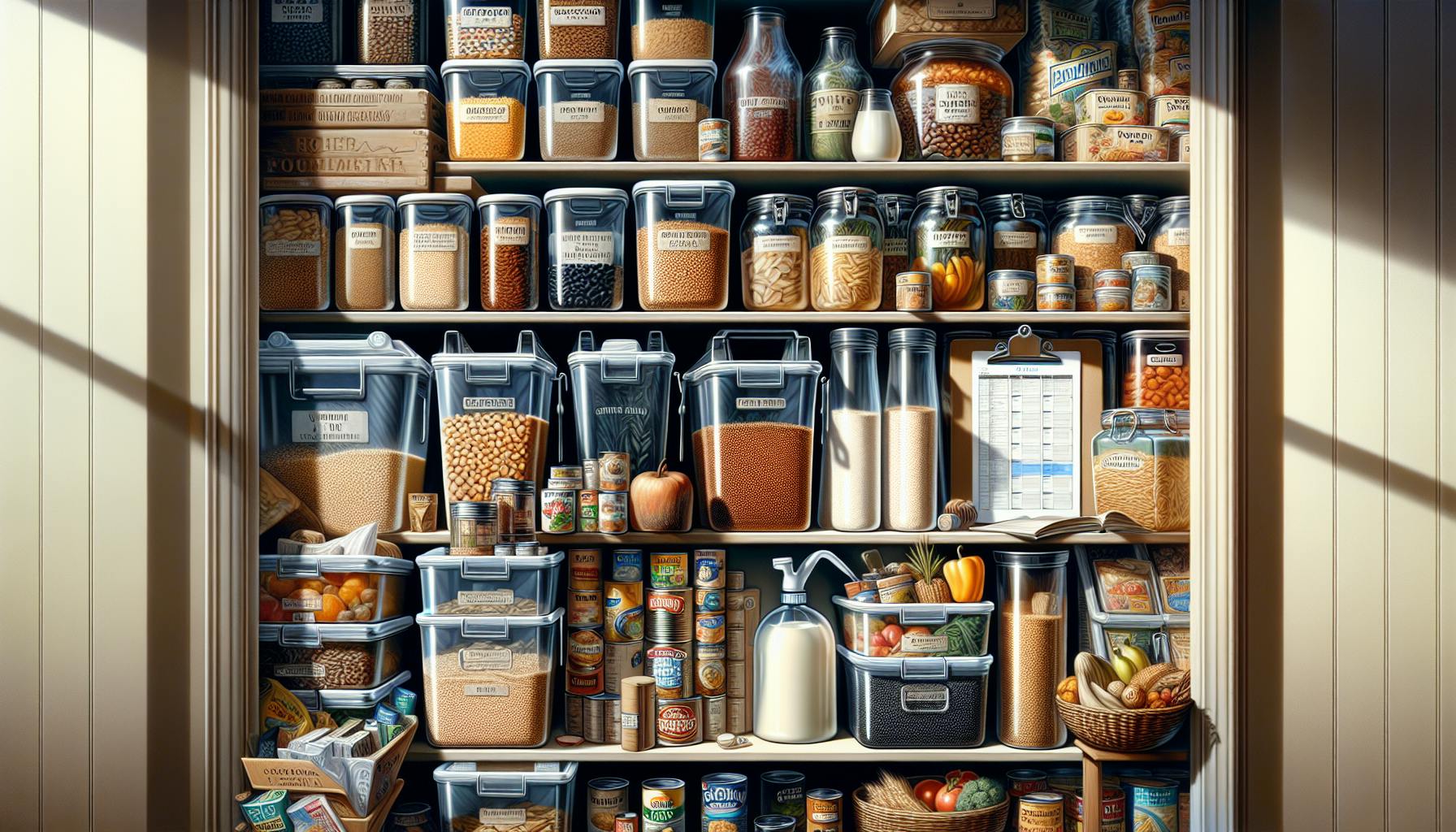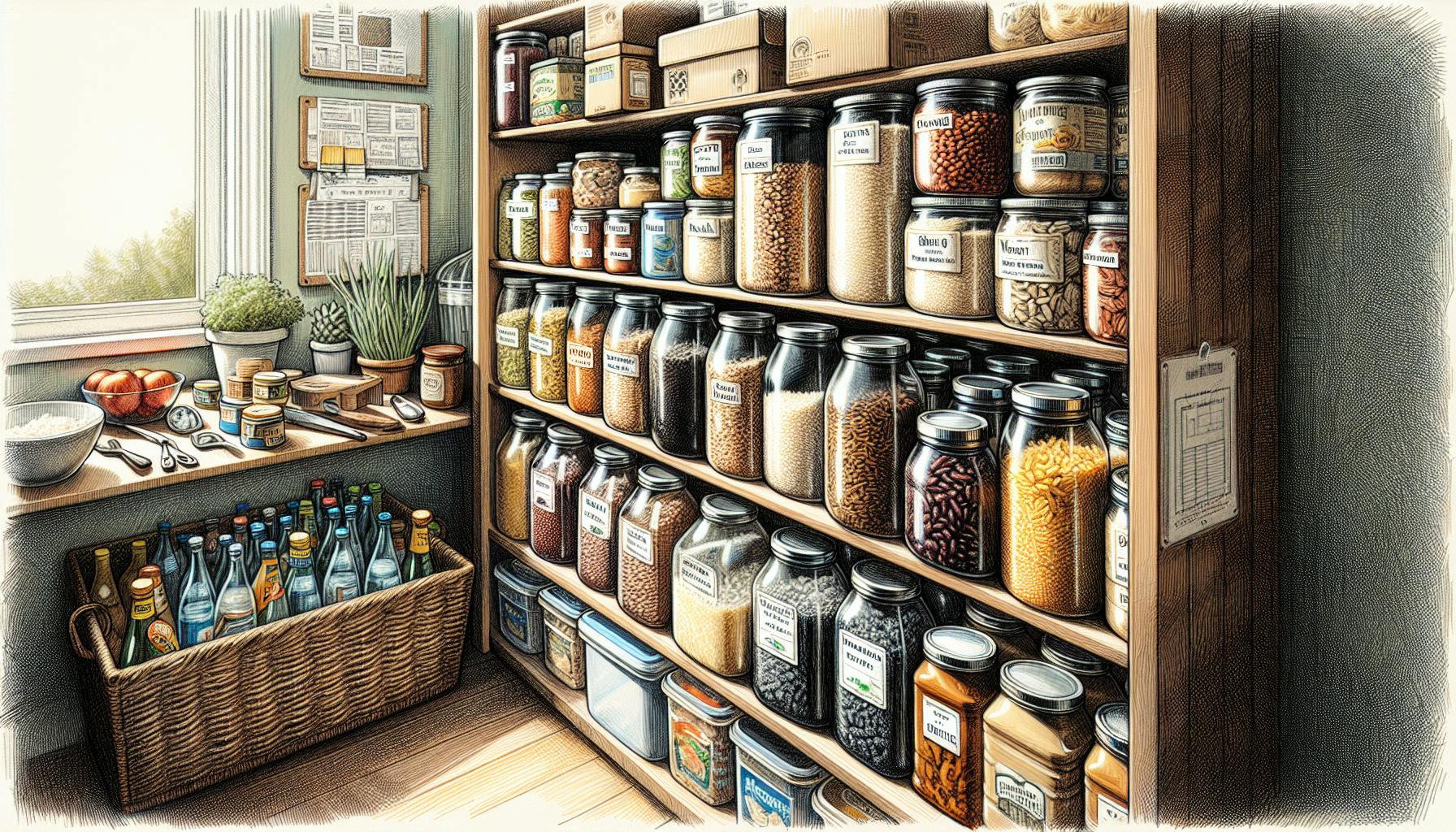When building a bug out roll, most preppers struggle with efficiently organizing gear for quick access in an emergency.
Luckily, there are strategic packing methods to optimize your bug out roll, maximizing space and order so you can rapidly access survival essentials when needed.
In this post, you'll discover specialized techniques for categorizing, prioritizing, and balancing items in your bug out roll. You'll also learn advanced customization tips for refinement over time, helping instill packing mastery for any situation.
Introduction to Efficient Bug Out Roll Packing
Defining the Bug Out Roll
A bug out roll is a compact, portable container used to organize critical preppers/">survival gear in emergency situations. Unlike a traditional bug out bag, a bug out roll maximizes space efficiency by rolling clothes and supplies tightly within a durable outer layer. This allows for easy transport and quick access to essential items when bugging out. Key features include multiple interior pockets, MOLLE webbing, and compression straps to keep contents secure. Bug out rolls help preppers optimize their survival kits for easy mobility.
Advantages of a Well-Packed Bug Out Roll
Having a properly packed bug out roll offers several benefits over a traditional bug out bag:
- More compact and mobile - The roll design allows you to fit more supplies in a smaller form factor that's easier to transport by vehicle or on foot.
- Improved organization - With multiple compartments and pockets, a bug out roll keeps similar items together so you can quickly grab what you need.
- Easier access to gear - With a roll, supplies are neatly packed into a cylindrical shape so items are within reach versus digging in a backpack.
- Flexible packing options - Rolls have removable modular pouches so you can customize the layout based on the situation.
Taking time to strategically organize your bug out roll ensures your critical survival tools are protected yet readily available when SHTF. The following sections provide detailed packing strategies.
Selecting the Right Bug Out Roll and Accessories
This section covers recommendations for selecting a durable, modular bug out belt and compatible pouches or attachments to organize your equipment. Having the right bug out roll and organizers is crucial to efficiently access your survival gear when needed.
Material and Size Considerations for Bug Out Rolls
When selecting a bug out roll, consider materials like 1000D nylon or cordura that are abrasion and water resistant. The modularity of MOLLE/PALS webbing allows attaching various pouches and organizers. Aim for a size that fits your waistline comfortably even when fully loaded. An extendable belt offers flexibility.
Prioritize durability and easy access over style or colors. Field test the bug out roll first without critical gear to ensure it meets expected performance standards under real-world conditions.
MOLLE/PALS Attachments and Bug Out Bag Organizers
MOLLE (Modular Lightweight Load-carrying Equipment) and PALS (Pouch Attachment Ladder System) use webbing and straps allowing modular attachment of accessories. This offers flexible customization of gear storage on the bug out roll.
Pouches, sheaths, and organizers attach securely to hold equipment and survival items in place. This maintains order so you can swiftly access gear as needed. Proper planning of pouch placement ensures a balanced distribution of weight. Consider color coding pouches by category.
Essential Attachments for Your Bug Out Roll
Attachments to prioritize for your bug out roll include:
- Sheath for fixed blade knife or multi-tool
- Medical pouch containing first aid kit items
- Pouch for fire starting kit (lighter, matches, tinder)
- Small general purpose pouch for miscellaneous items from your bug out bag list like batteries, flashlight, compass, cash
- Nylon webbing and carabiners for securing additional lightweight items
Field test the fully loaded bug out roll to validate all items can be efficiently accessed when needed before relying on it.
sbb-itb-b932644
Bug Out Roll Packing Strategies for Optimal Organization
This section provides specific methods for efficiently packing gear in your bug out roll pouches based on priority, frequency of use, and other key factors.
Categorizing Your Bug Out Bag List
When preparing your bug out roll, it's important to categorize the survival items you'll be packing based on their intended use. This allows you to group related items together for quick access when needed. Some common categories include:
- Navigation - Compass, maps, GPS device
- Lighting - Flashlight, headlamp, batteries
- First aid - Medical supplies, medications
- Food - High-calorie, non-perishable foods
- Shelter - Tarp, emergency blanket, paracord
- Fire - Matches, lighter, fire starter
- Tools - Knife, multi-tool, duct tape
Make a comprehensive list of everything you want in your bug out roll and assign each item to a category. This will make packing more systematic.
Prioritizing Accessibility for Frequently Used Items
When packing your pouches, prioritize quick access to items you'll likely need most often. These may include:
- Flashlight - Illuminate your path at night
- Knife or Multi-tool - Cut, pry, open cans
- Water - Stay hydrated
- First Aid - Treat injuries
Keep these items in the external pockets or topmost compartments of your roll for fastest access without unpacking everything.
Balancing the Weight Distribution
Distribute weight evenly across your bug out roll pouches to maximize comfort and mobility. Heavier items like food cans should go in the bottom compartments, while lighter items can go at the top or be divided between multiple pouches.
Aim to have each pouch weighing roughly the same for optimal weight distribution on your body. This prevents muscle strain from lopsided loads.
With some planning and organization using the tips above, you can efficiently pack your bug out roll to have just what you need to survive.
Advanced Packing Techniques for Bug Out Rolls
This section provides tips to further optimize your bug out roll loadout and preparedness.
Customization and Identification of Gear
Customizing your bug out roll allows for easy identification and access to critical survival items. Consider:
- Using colored tape or paint to color code items by category (first aid, food, shelter, etc.)
- Attaching small carabiners or clips to key items so they can be quickly located
- Labeling containers and bags with their contents using a permanent marker
Regular Practice and Packing Refinement
It is important to regularly practice using your bug out roll to identify areas for improvement.
- Conduct practice drills packing and unpacking your roll as quickly as possible
- Make note of any difficulties accessing items or wasted space
- Refine your packing strategy to maximize efficiency
Regular practice ensures you have memorized the contents and layout of your bug out roll.
Implementing Redundancy in Your Bug Out Roll
Having redundant survival items across multiple bags or layers builds resilience:
- Pack critical items like first aid kits, fire starters, and shelter materials in multiple bags
- Use nested containers to separate categories of items
- If one bag is lost or damaged, the duplicates ensure you are still prepared
Following redundancy best practices improves survivability when using your bug out roll.
Conclusion: Mastery of Bug Out Roll Packing
Having an organized and efficiently packed bug out roll is critical for emergency preparedness. By strategically packing your gear, you can maximize the space and ensure you have the necessary survival items at your fingertips when needed.
Here are some key takeaways:
- Categorize and group related items together in pouches or compartments. For example, have a dedicated medical pouch, food pouch, fire starting pouch.
- Utilize all available space by filling in gaps with small items. Things like batteries, flashlights, lighters can slot into crevices.
- Place most frequently accessed gear near the top or outer pockets for quick access. Essentials like bug out bag first aid kit, knife, cordage go in outer pockets.
- Use attachment points on the exterior to hang bulky items like sleeping bag, tent or tarp. This frees up interior capacity.
- Wrap delicate items in protective casings and cushion with clothing layers.
- Waterproof important documents and electronics to protect from weather and water damage.
By adhering to organizational best practices and intelligently arranging your equipment, you can optimize your bug out roll to contain all necessary survival items for an emergency evacuation. Order and efficiency will prove invaluable if disaster strikes.


